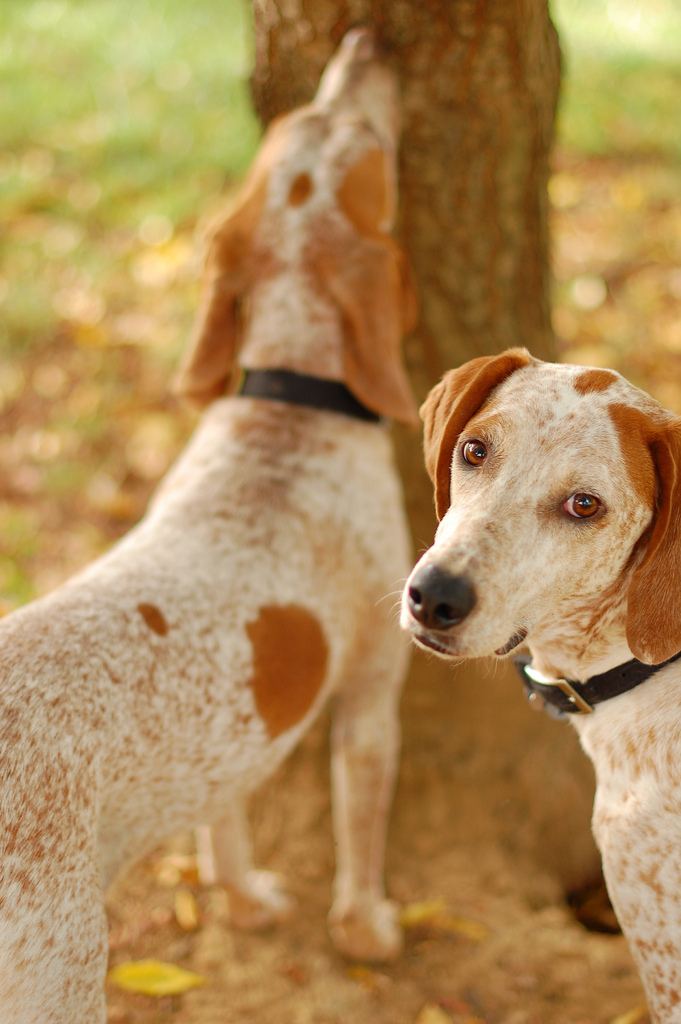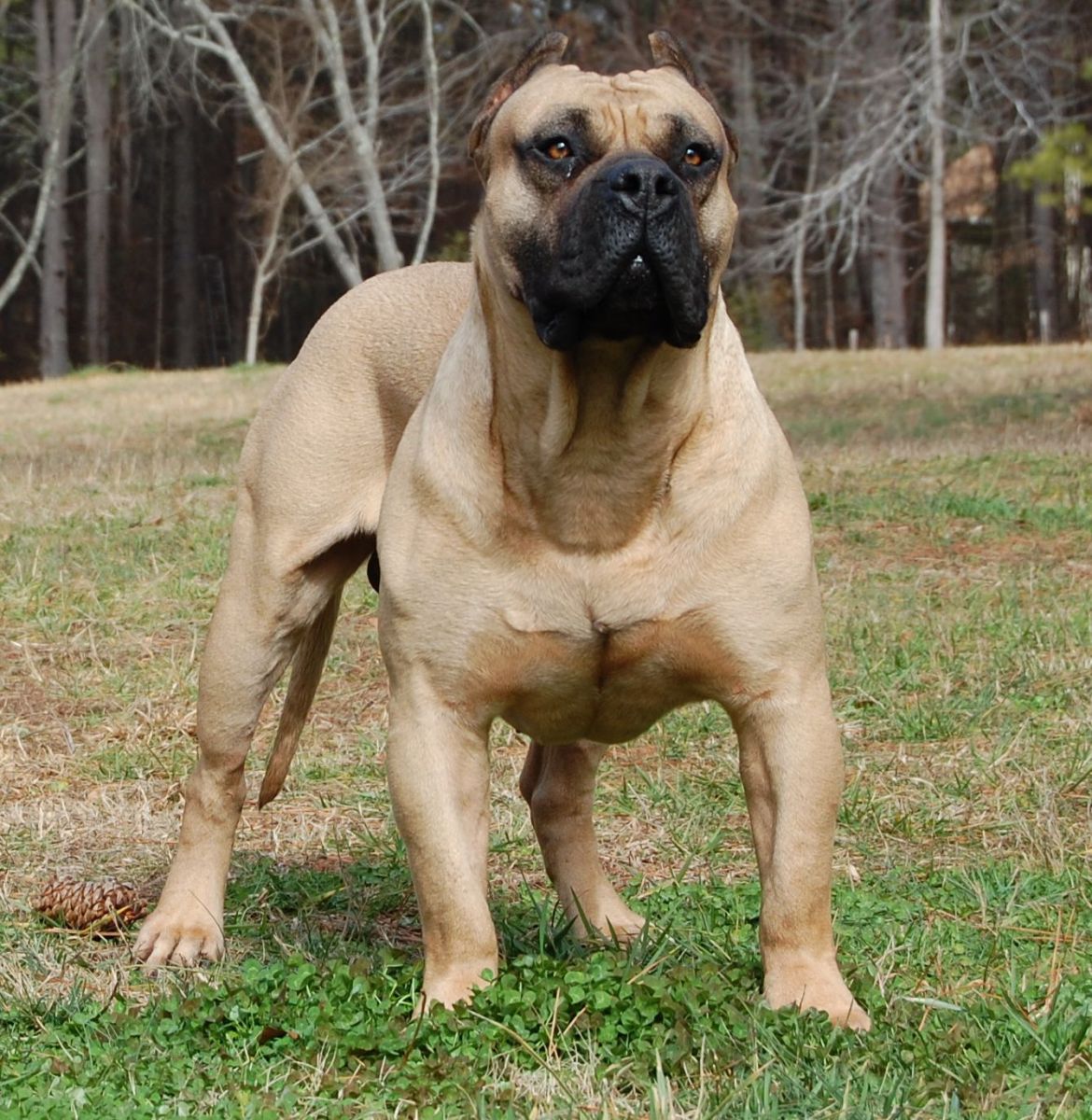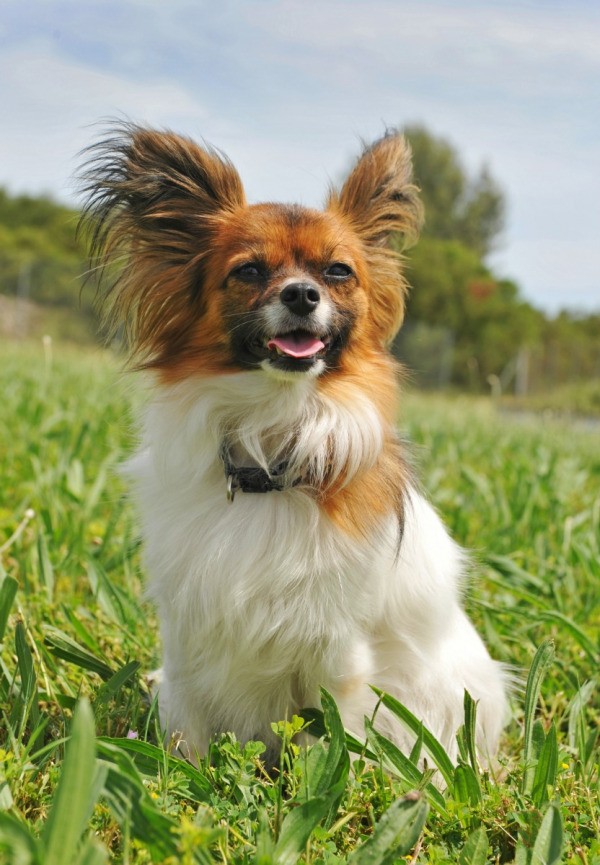
It is believed that the Maltese originated in Malta, a tiny island south of Sicily. History:įor more than 28 centuries, the Maltese spaniel has been the aristocrat of the dog world. The hair around the eyes should be cleaned daily in order to prevent tear staining.

Daily brushing and regular bathing are recommended in order to prevent coat matting. Maltese are light shedders and are acceptable pets for most allergy sufferers. This breed can be difficult to housebreak, and they tend to be finicky eaters. The Maltese is a suitable indoor dog that thrives even in apartments and small confines. Highly alert, the Maltese elicits a flurry of barking in response to unfamiliar noises. The petite build of the Maltese belies its fearless presence. They can be snappy with raucous children. A good family dog, Maltese are lively, playful, vigorous, and they generally enjoys learning tricks. The Maltese is gentle, affectionate, intelligent, responsive and trusting. The Maltese moves in a buoyant, flowing gait. The long hair on the head may be tied in a topknot or left hanging. The long, silky coat that sweeps or hangs close to the ground gives the Maltese an almost ornamental appearance. The eyes are dark, the nose black and the muzzle of medium length and slightly tapered. The drop ears are low set and heavily feathered. The head is well proportioned to the body and the skull is slightly rounded. The neck is elegantly structured to promote high carriage of the head. The tufted tail is carried gracefully over the back.

The back is level and the ribs well sprung. The body is compact, the shoulder blades sloping. The image seen here is of “Lion,” one of the last of the Lyme Hall Mastiffs, painted by J.T.Nettleship (1847-1902).The Maltese is a diminutive dog weighing from four to six pounds (two to three kilograms). An old stained glass window remains in the drawing room of Lyme Hall portraying Sir Piers and his devoted mastiff. She was returned to the family home, Lyme Hall, were she became the foundation matriarch of the Lyme Hall Mastiffs, a line that continued for nearly 500 years until the end of the 19th century. Sir Peers Legh was grievously injured in combat, but his dog stood guard over him throughout the battle and is credited for having saved his life. Family legend says that because of one Mastiff bitch, at least one Englishman wasn’t among the dead. It was one of the great victories of military history. Against all odds, (actually, the odds were greater than three to one), the outnumbered English massacred the French to the tune of 6,000 Frenchmen while English deaths were barely over 400.

French knights weighed down by heavy armor started to advance but were met by a furious volley of artillery from English archers using innovative longbows. At Agincourt, however, 20,000 French soldiers stood in his way.
:max_bytes(150000):strip_icc()/GettyImages-155729726-d87386e1ae2c4fe6928a679138d59a72.jpg)
Still, Henry marched his army to Calais to meet the English fleet and return to England. Five weeks later, half of Henry’s men were dead from disease or battle casualties. Two months earlier, Henry V, the young king of England, crossed the English Channel with 11,000 men to lay siege to Harfleur. It was a nasty business, the Battle of Agincourt in 1415, one of several battles fought during the Hundred Years’ War between England and France.


 0 kommentar(er)
0 kommentar(er)
